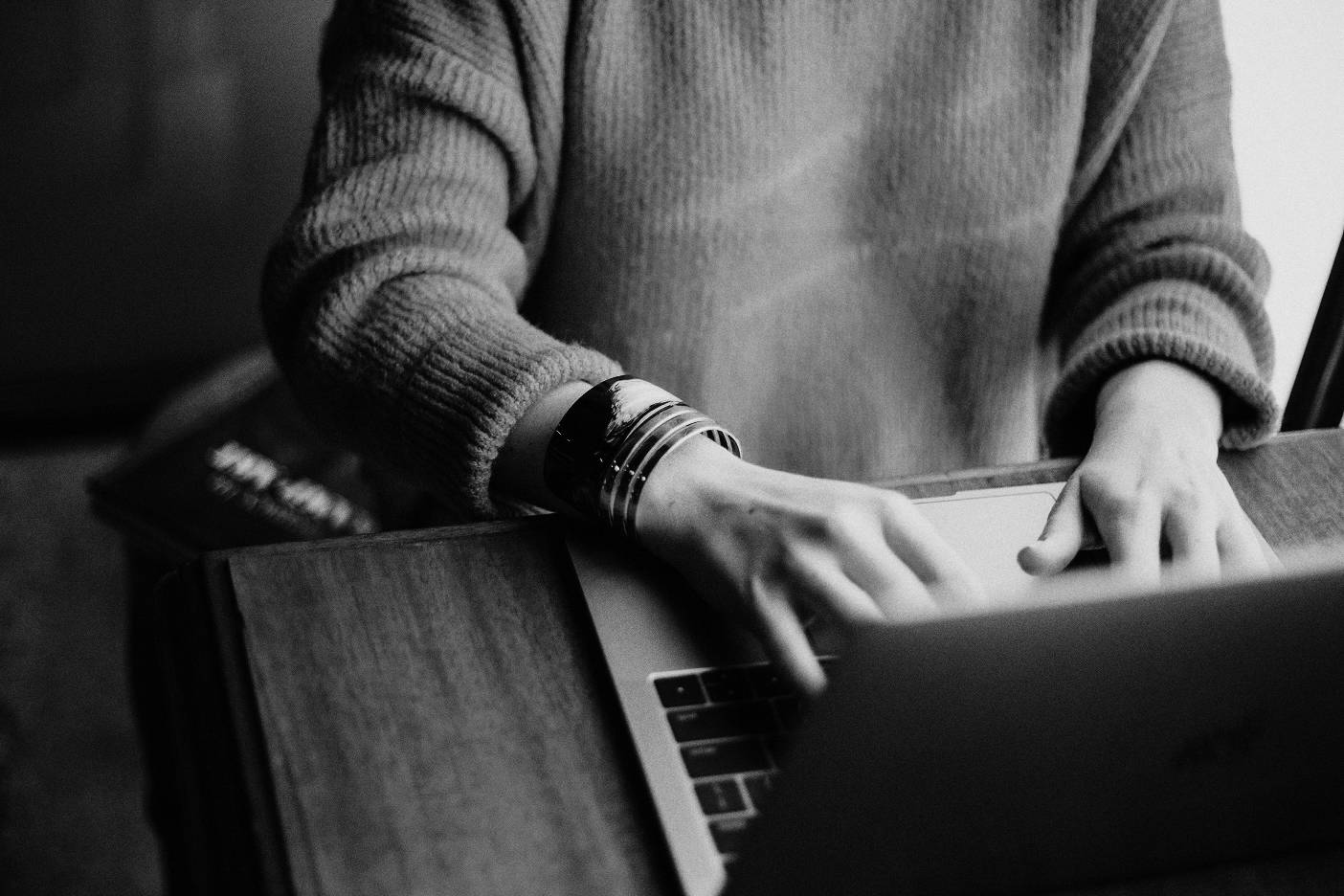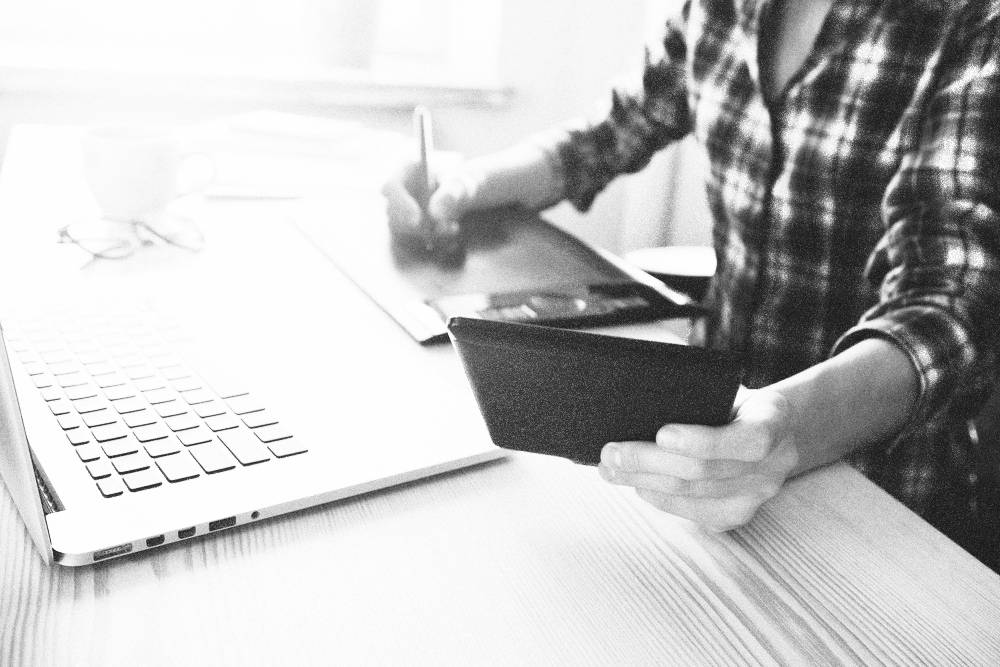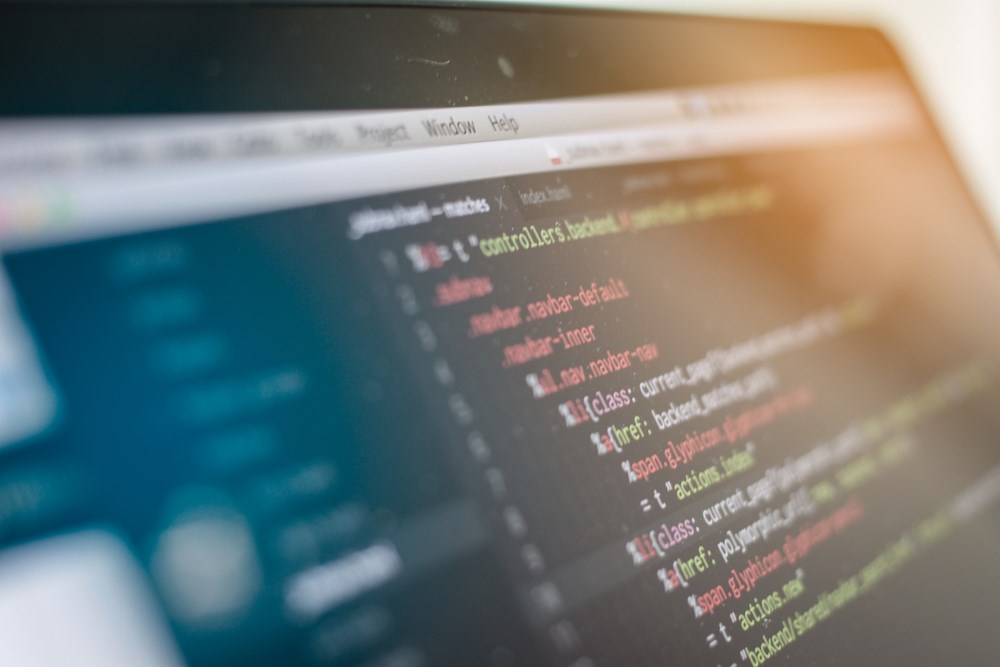Before I design anything, the first question I ask myself is, "what's the goal?". Why? I like to define the intent of the design and come up with a plan of action. While the plan might not be perfect, unique, or the sole solution, it might unravel hidden walls or traps… or treasures; it'll inform all of my decisions and help me achieve 'the ultimate goal'.
For me, design is a plan of action within constraints. It's the strategic combination of different ideas and disciplines aimed towards a purpose; to solve a problem, communicate information, or reinforce a message. Design unlocks challenges, spots opportunities, and eventually marks the path of least resistance.
Good design should reflect its intention and purpose
This concept was first introduced in the early 20th century as "form follows function", by the American architect Louis Sullivan. Since then, many have expressed similar ideas and applied them to visual, marketing, and product design:
- "Graphic design is art with a purpose.", Unknown
- "Content precedes design. Design in the absence of content is not design, it's decoration.", Jeffrey Zeldman
- "Design is not just what it looks like and feels like. Design is how it works.", Steve Jobs
Whether a design is functional, decorative, or carries a message, form and function explore the relationship between the visual form and its purpose. This relationship helps us to explore and make better decisions. But how can we keep this relationship active during the design process?
Over the years, I've developed a process for designing with intention - here's how it works.
Define: Describe the goal and its challenges
At this point, everything has to be questioned; the brief, the audience, the goal itself. Good questions will initiate deeper discussions, leading to better answers. They'll help us describe our intention.
Simplify: Take the challenge and break it into pieces
Once our goal has been defined, we now need to break it down into smaller, more manageable and measurable goals. It'll take away some of the pressure while helping us understand the project at a much deeper level.
Minimise: Throw away all the unnecessary stuff
Remove anything unnecessary, reshuffle, and reassemble. Tackle one problem at a time. Pick the quick wins and safe bets, and work those first. The rest will unravel as we familiarise ourselves with the project.
Focus: Pay attention to who you're designing for
We should be conscious of the fact that we design for people. We might want to inform them, delight them, or solve a problem. Either way, it's all about them. So, our design decisions should always point back to them.
Be inspired: Have an open eye and mind
Great ideas and solutions can come from anywhere or anyone. We need to critically observe and evaluate, learn as much as we can. It's helpful to talk about our projects, be open to suggestions and let our ideas get challenged. Lastly, we have to feel free to explore new trends and solutions, and experiment.
Filter: Do a regular reality check
We need to take a step back to see the full picture. Are we still on the right path? Is our plan aligned with our intention? Are people at the centre of it? Is there anything unnecessary that should be rethought? Are we proud of what's forming? Re-evaluate and repeat.
"Perfection is achieved not when there is nothing more to add, but when there is nothing left to take away", French writer Antoine de Saint-Exupery.
As in life, we might have the best intentions, but if we don't take the right actions, no one will ever know.




